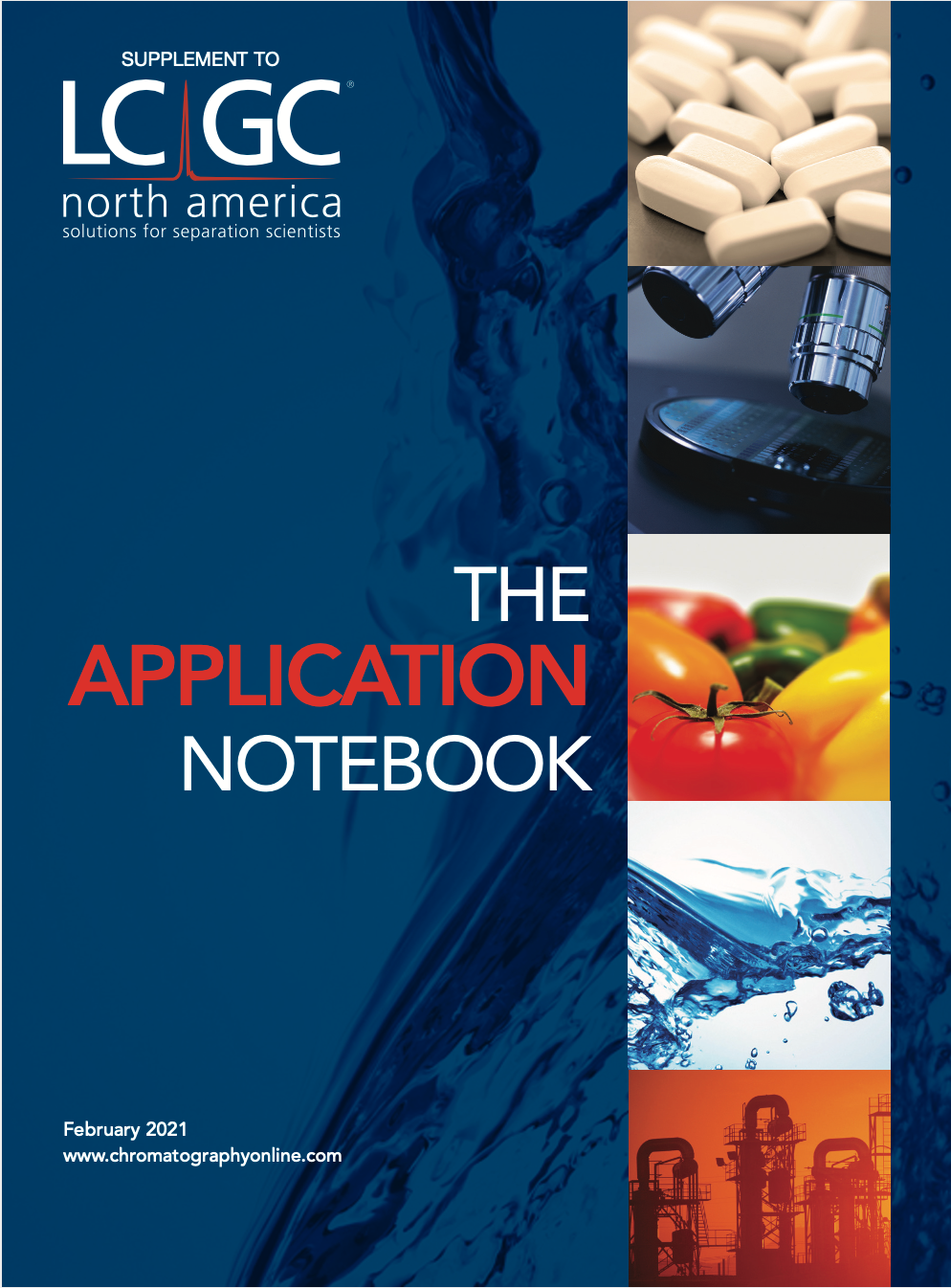Using the Empore EZ-Trace SPE Workstation to Perform Efficient and Reproducible Extractions of SVOCs
The Application Notebook
This application note demonstrates how the Empore EZ-Trace SPE system is used to perform multiple extractions simultaneously while achieving clean and reproducible results using EPA Method 525.3 as an example application.
The Empore EZ-Trace (Figure 1) is a manual, vacuum-controlled extraction workstation designed to perform up to four extractions simultaneously to improve efficiency in a clean and reproducible manner. The Empore EZ-Trace workstation is universally compatible with all Empore 47/90 mm disks and cartridges. The unique independent channel design ensures that each extraction is precisely controlled, preventing cross-contamination with the other channels. High-throughput flow path switches provide a unique, environmentally friendly extraction by collecting organic and aqueous wastes in separate reservoirs. This is demonstrated using an example application of EPA Method 525.3, which is designed for identification and quantification of semivolatile organic compounds (SVOCs) such as PCBs, PAHs, and pesticides. Under this method, SVOCs are extracted from three reagent water samples having different concentrations and one sample of ground water, with four replicate measurements required for each sample. Methods such as EPA 525.3 require ways to improve efficiency when numerous extractions are needed.
Figure 1: Empore EZ-Trace extraction workstation for multiple extractions using Empore disks and cartridges.

Four extractions were done simultaneously using the Empore EZ-Trace system (catalog #: 8000) by following EPA 525.3 extraction procedures to extract SVOCs onto an Empore SDB-XC 47mm disk (catalog #: 2240). The extract was then evaporated, diluted, and then analyzed with a Shimadzu GC-2010 instrument using a Restek Rxi-5Sil-MS system (30 m x 0.25 mm x 0.25 μm) column for separation and MS QP2010 for detection. In this method, 125 analytical calibration standards, three surrogate compounds, and four internal standards are efficiently separated (Figure 2). The recoveries and concentrations of 125 analytes were determined from four replicate measurements using a five-point calibration curve. For all compounds except for two, the acceptable range of recoveries is 70–130%. The accepted range for the other two compounds is 60–130%. The combined recovery results are summarized in Table I. For each sample, the average recovery is >89.9% with <7.4% RSD. These results demonstrate how the Empore EZ-Trace provides a clean, efficient, and reproducible extraction.
Figure 2: Chromatogram showing the separation of 125 analytical, three surrogates, and four internal standards compounds extracted from a reagent-grade water sample under EPA Method 525.3.



CDS Analytical
465 Limestone Rd, Oxford, PA 19363
Tel. (800) 541-6593
Website: www.cdsanalytical.com/empore

Separation of Ultra-Short and Long Chain PFAS Compounds Using a Positive Charge Surface Column
December 11th 2024A separation of ultra-short and long chain PFAS (C1-C18) is performed on a HALO®PCS Phenyl-Hexyl column along with a HALO®PFAS Delay column which demonstrates excellent retention for both hydrophilic and hydrophobic analytes.






